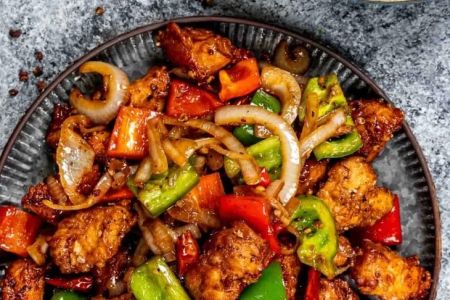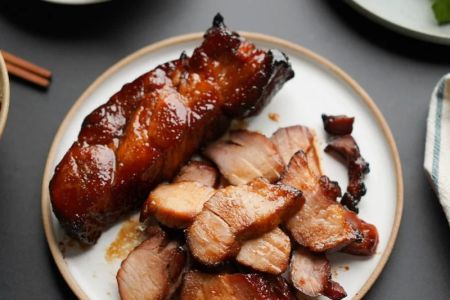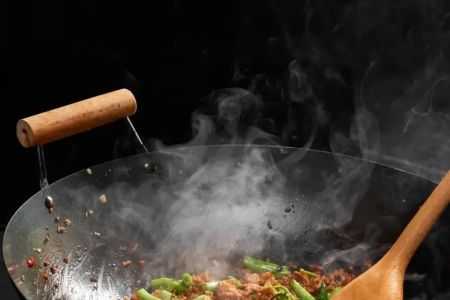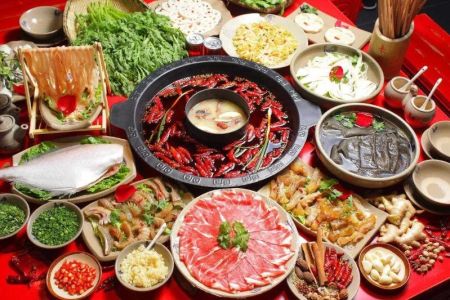Where to Find the Best Chinese Soups in the US
- 1. Why Chinese Soups Are Popular Across the US
- 2. Best Chinese Soup Restaurants in the US
- 3. Must-Try Chinese Soups and Their Unique Flavors
- 4. Tips for Making Authentic Chinese Soups at Home
- 5. Where to Buy Ingredients for Chinese Soups
1. Why Chinese Soups Are Popular Across the US
Chinese soups have become increasingly popular in the United States, celebrated for their rich flavors, health benefits, and cultural significance. Whether it’s a hearty bowl of wonton soup, a spicy Sichuan hot and sour soup, or a nourishing herbal chicken soup, Chinese soups cater to a variety of tastes and preferences.
What makes Chinese soups stand out is their use of fresh, high-quality ingredients combined with traditional techniques. They’re not just meals—they’re experiences that highlight the depth and diversity of Chinese cuisine. Many Chinese restaurants across the US have elevated these soups to must-try dishes on their menus, attracting food lovers eager to explore authentic flavors.
2. Best Chinese Soup Restaurants in the US
Finding the best Chinese soups in the US means visiting some of the country’s top Chinese restaurants. Here are a few standout spots that are known for their exceptional soup offerings:
- Joe’s Shanghai (New York City) – Famous for its soup dumplings, Joe’s Shanghai in Chinatown is a must-visit for those seeking a blend of rich broth and tender dumplings. Their crab and pork soup dumplings are iconic and worth the trip.
- Din Tai Fung (Los Angeles) – Known for its meticulous preparation, Din Tai Fung offers a selection of soups that perfectly complement their signature dumplings. Their hot and sour soup is particularly popular among locals and tourists alike.
- Great Eastern Restaurant (San Francisco) – Located in Chinatown, this restaurant serves up a variety of classic Chinese soups, including seafood tofu soup and West Lake beef soup. Its authentic flavors make it a favorite among Bay Area residents.
- Little Sheep Mongolian Hot Pot (Chicago) – For a communal experience, Little Sheep offers customizable hot pot soups where you can choose your own ingredients and enjoy a warm, hearty meal with friends or family.
- House of Nanking (San Francisco) – Known for its creative take on traditional Chinese dishes, this spot offers unique soup options that blend authentic flavors with modern twists.
3. Must-Try Chinese Soups and Their Unique Flavors
If you’re new to Chinese soups or looking to expand your palate, here are some must-try options to get you started:
- Wonton Soup: A comforting classic, wonton soup features delicate dumplings filled with pork or shrimp in a light, flavorful broth.
- Hot and Sour Soup: This Sichuan specialty combines a spicy, tangy broth with ingredients like tofu, mushrooms, and bamboo shoots. It’s both bold and balanced.
- Egg Drop Soup: Simple yet satisfying, this soup is made by swirling beaten eggs into a hot broth, creating a silky texture and mild flavor.
- Herbal Chicken Soup: Often used for its health benefits, this soup features a rich chicken broth infused with Chinese herbs like ginseng and goji berries.
- Seafood Tofu Soup: A lighter option, this soup combines soft tofu with fresh seafood in a clear, umami-packed broth.
4. Tips for Making Authentic Chinese Soups at Home
Making Chinese soups at home is easier than you might think. With the right ingredients and techniques, you can recreate the comforting flavors of restaurant-quality soups. Here are some tips to get started:
- Use Fresh Ingredients: The key to a flavorful Chinese soup is fresh, high-quality ingredients. Choose fresh vegetables, herbs, and proteins to enhance the taste.
- Master the Broth: A good soup starts with a well-prepared broth. Simmer chicken bones, pork bones, or fish with aromatics like ginger and scallions for a rich, flavorful base.
- Experiment with Herbs: Traditional Chinese herbs like ginseng, red dates, and goji berries can add depth and health benefits to your soup.
- Don’t Rush: Many Chinese soups require slow simmering to extract maximum flavor. Take your time to let the ingredients meld together.
5. Where to Buy Ingredients for Chinese Soups
To make authentic Chinese soups, finding the right ingredients is crucial. Thankfully, there are plenty of places in the US where you can stock up on traditional Chinese ingredients:
- Asian Markets: Many major cities have Asian grocery stores like H Mart or 99 Ranch Market, which carry fresh and packaged ingredients for Chinese soups.
- Chinatown Stores: Local Chinatowns often have specialty shops with a variety of fresh herbs, spices, and soup bases.
- Online Shopping: Websites like Chinese Food offer a wide selection of authentic Chinese ingredients delivered straight to your door, making it easier than ever to prepare your favorite soups at home.






![Top Chinese Restaurants for Authentic Cantonese Cuisine in [Your City]](https://img.gochinarose.com/d33/2507/4157910400_450x300.webp)
